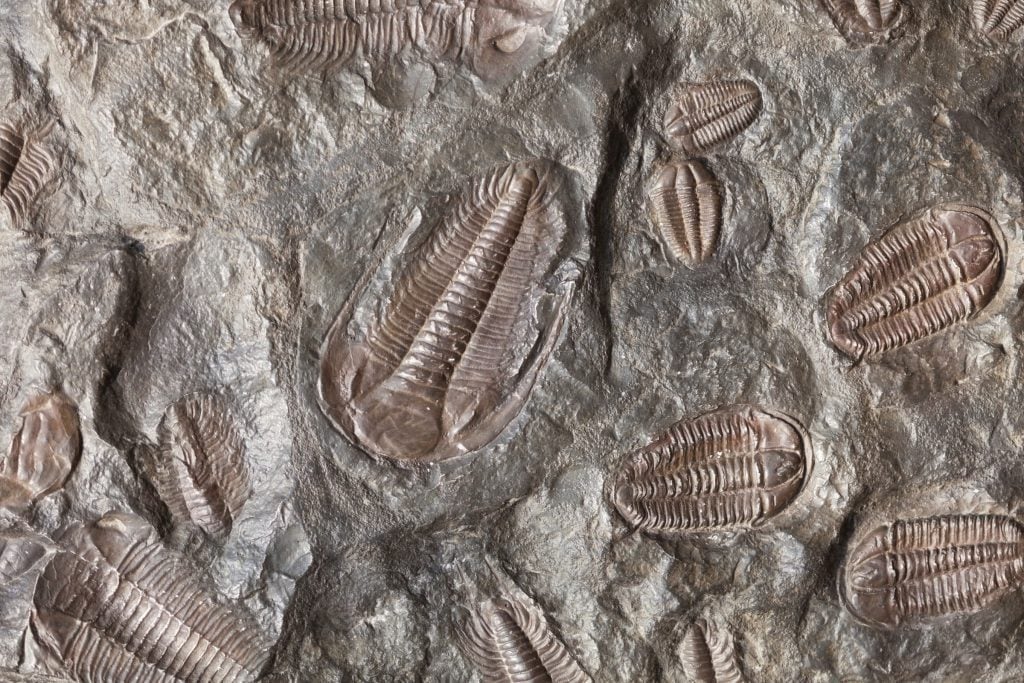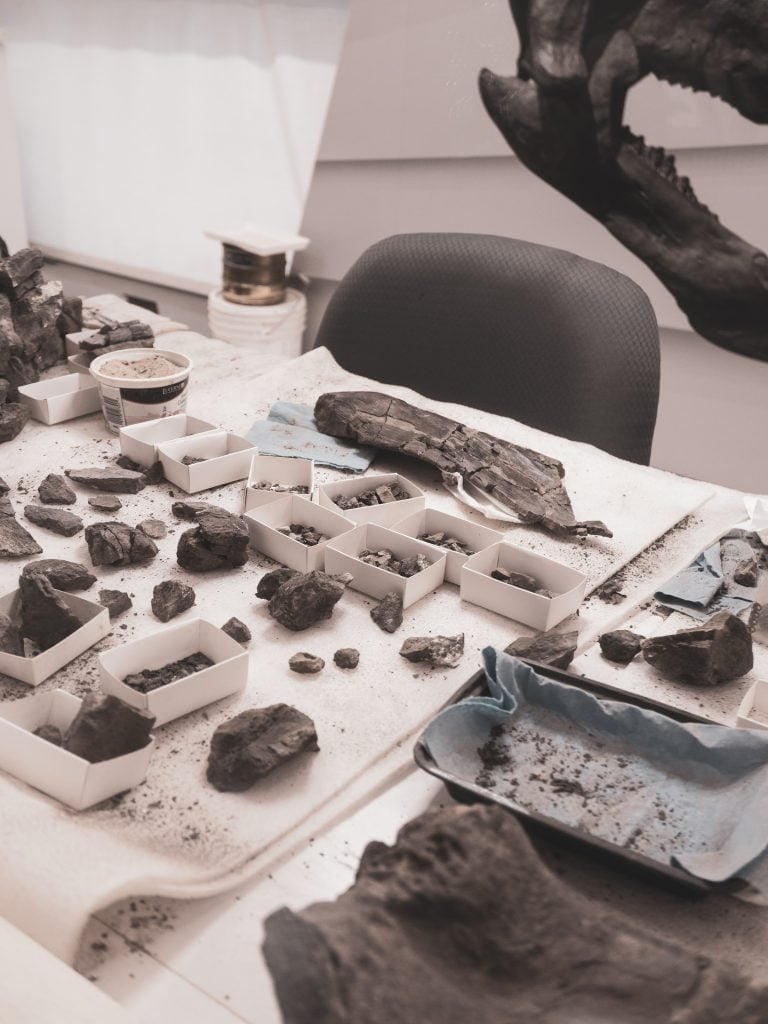David Attenborough’s Legacy: Fossil Of Earliest Animal Predator Named In His Honor
In the depths of Charnwood Forest in Leicestershire, a fossilized sea creature has been unearthed, believed to be the earliest animal predator on Earth. This extraordinary find has led paleontologists to bestow upon it the name Auroralumina attenboroughii, in tribute to the renowned TV presenter and naturalist Sir David Attenborough.

The discovery of Auroralumina attenboroughii pushes back the timeline of Earth’s earliest predator by a staggering 20 million years, challenging previous assumptions. The name itself holds special meaning, with “Auroralumina” representing the dawn lantern, symbolizing the creature’s ancient origins and its torch-like appearance. This early predator is thought to have utilized its densely packed tentacles to capture prey in the primordial oceans.
Sir David Attenborough’s connection to this fossil is deeply personal, as Charnwood Forest was a place where he searched for fossils during his childhood. Interestingly, the rocks where Auroralumina was found were considered too ancient for fossils when Attenborough was young, leading him to explore other areas instead. However, fate has now aligned their paths, and the discovery of this remarkable creature named in his honor brings a sense of joy to the renowned naturalist.
Auroralumina is part of a collection of over 1,000 fossils discovered in 2007. The meticulous work of researchers from the British Geological Survey uncovered this treasure trove, spending days cleaning the rock surface and creating impressions to study later. Using radioactive minerals called zircons found in the surrounding rock, scientists determined the fossil to be approximately 560 million years old.

The significance of Auroralumina goes beyond its individual existence. As the earliest known creature with a skeleton, it challenges the established timeline for the appearance of modern animal groups. This discovery indicates that complex life on Earth may have emerged even earlier than previously thought, raising new questions and avenues for exploration.
Dr. Frankie Dunn, who conducted the detailed study at the Oxford University Museum of Natural History, describes Auroralumina as a unique find, unlike anything seen before. With its skeletal structure and densely packed tentacles, it provides insights into the early evolution of creatures like corals and sea anemones.
